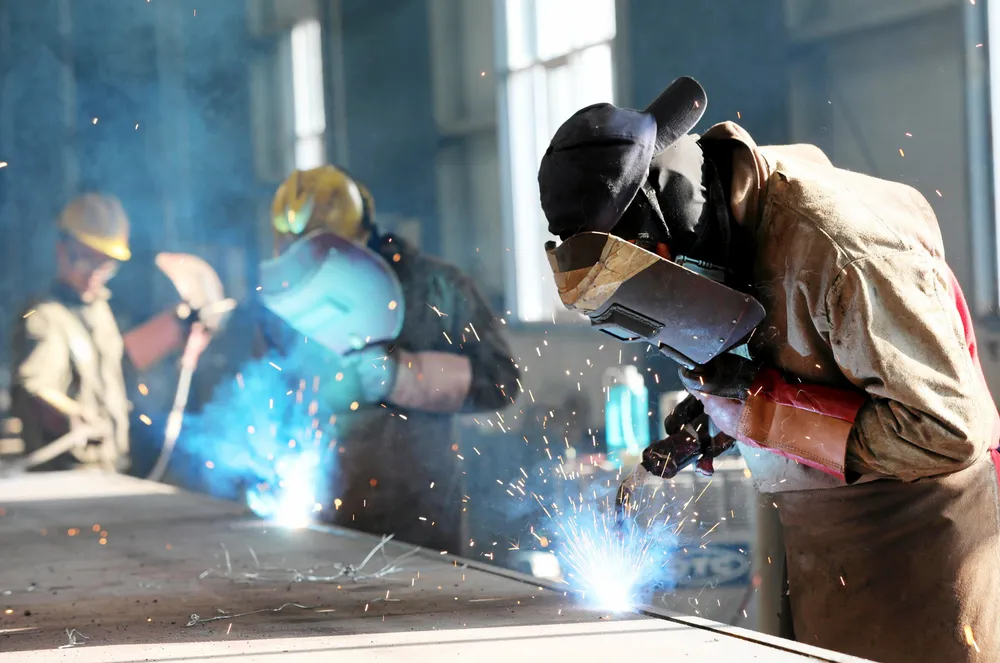Green steel | Move iron production to places where green hydrogen will be cheap and abundant, says Shell
Brazil, Middle East and Australia are the most promising locations for renewable H2 and iron 'megahubs', but steelmaking facilities should stay close to end users, argues oil giant
